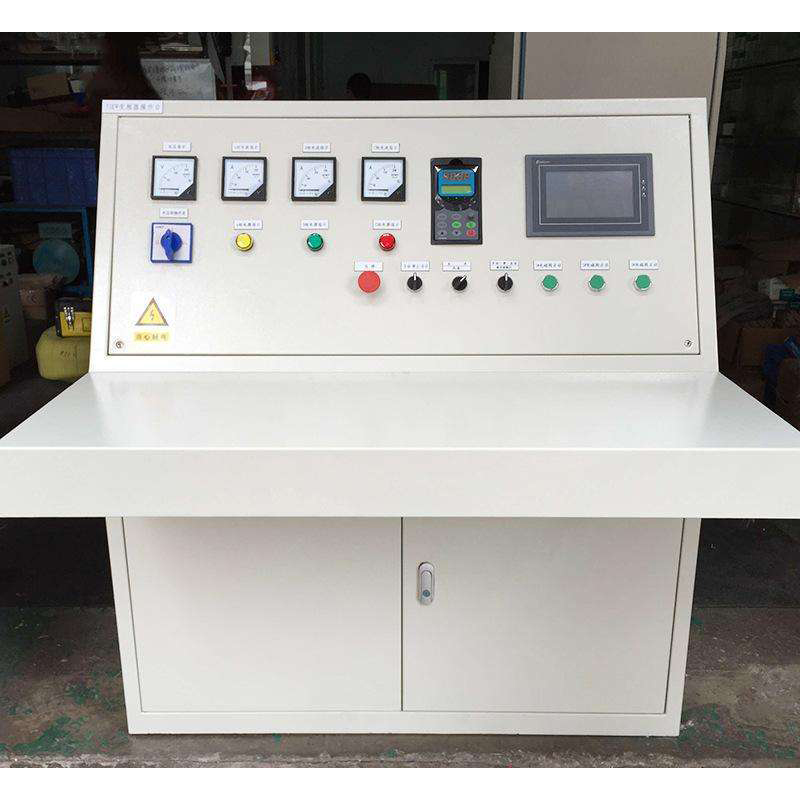
Dec . 04, 2024 16:22
Back to list
Understanding the Function and Importance of Pressure Relief Valves in Safety Engineering
Understanding Relief Valves Mechanisms and Importance in Safety Systems
Relief valves are critical components in various engineering systems, primarily used to prevent excessive pressure build-up within vessels, pipes, and equipment. These devices serve as safety mechanisms, ensuring the safe operation of pressurized systems across numerous applications, including oil and gas, chemical processing, and power generation. Understanding how relief valves function and their significance can aid engineers, technicians, and operators in maintaining safe and efficient systems.
Mechanism of Operation
Relief valves operate on a straightforward principle they automatically release excess pressure when it exceeds a predetermined set point. This is achieved through a spring-loaded mechanism that holds the valve closed under normal operating conditions. As system pressure rises and reaches the set point, the force exerted on the valve disc overcomes the spring tension, causing the valve to open. This action allows the excess fluid or gas to escape, thus reducing the pressure within the system.
The valve closes automatically once the pressure drops back below the set point, ensuring the system maintains safe conditions continuously. There are several types of relief valves, including spring-loaded relief valves, pilot-operated relief valves, and safety valves, each having unique designs suited for specific applications.
Types of Relief Valves
1. Spring-Loaded Relief Valves These are the most commonly used type of relief valve. They operate based on the tension of a spring and are suitable for most applications where a simple and effective method of pressure control is required.
2. Pilot-Operated Relief Valves These valves are used in systems where very high pressures are involved. They use a smaller pilot valve to control a larger main valve, allowing for better performance under fluctuating pressure conditions.
3. Safety Valves Often used in steam services, safety valves operate automatically to protect equipment from overpressure by discharging excess steam or gas.
relief valves

4. Bursting Discs While not traditional relief valves, bursting discs provide an alternative means of pressure relief. They are designed to rupture at a specific pressure, preventing catastrophic failures.
Importance in Safety Systems
The primary purpose of relief valves is to ensure the safety of equipment and personnel by preventing overpressure scenarios that can lead to catastrophic failures, explosions, or chemical spills. Each industry has stringent regulations regarding the installation and maintenance of relief valves to safeguard against these risks.
In addition to providing safety, relief valves also help maintain operational efficiency. By controlling pressure surges, these valves minimize the chances of equipment malfunction or damage, reducing downtime and maintenance costs. In the energy sector, for example, maintaining optimal pressure levels is crucial to maximize efficiency and ensure reliable energy output.
Maintenance Considerations
Regular maintenance of relief valves is essential to ensure their proper function when needed. This includes routine inspections, testing, and replacement of worn components. Ensuring that relief valves are calibrated correctly and that they have not corroded or become obstructed by debris will help maintain safety and operational integrity.
Moreover, understanding the specific requirements for each application is vital. Factors such as the type of fluid, operating pressure, and environmental conditions can all impact relief valve performance. Equipment operators should be trained to recognize signs of valve wear or malfunction and respond appropriately.
Conclusion
In summary, relief valves are indispensable safety devices in various industrial sectors, designed to protect systems from the dangers of excessive pressure. Their straightforward operation belies the critical role they play in maintaining equipment integrity and ensuring the safety of personnel. As industries continue to innovate and develop new technologies, the importance of reliable pressure management systems, including relief valves, will remain vital in engineering practices. Proper maintenance, understanding the different types of relief valves, and recognizing their significance in safety protocols are essential for anyone involved in managing pressurized systems.
Latest news
-
Safety Valve Spring-Loaded Design Overpressure ProtectionNewsJul.25,2025
-
Precision Voltage Regulator AC5 Accuracy Grade PerformanceNewsJul.25,2025
-
Natural Gas Pressure Regulating Skid Industrial Pipeline ApplicationsNewsJul.25,2025
-
Natural Gas Filter Stainless Steel Mesh Element DesignNewsJul.25,2025
-
Gas Pressure Regulator Valve Direct-Acting Spring-Loaded DesignNewsJul.25,2025
-
Decompression Equipment Multi-Stage Heat Exchange System DesignNewsJul.25,2025

